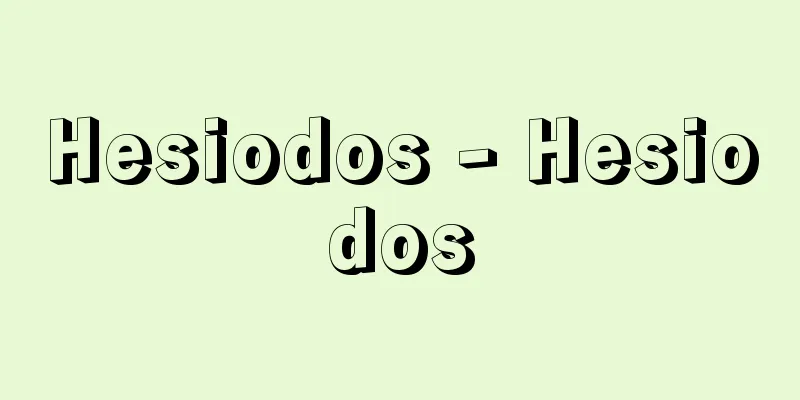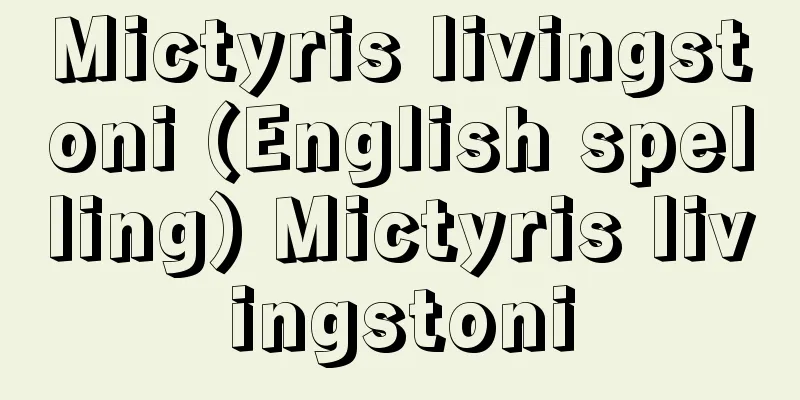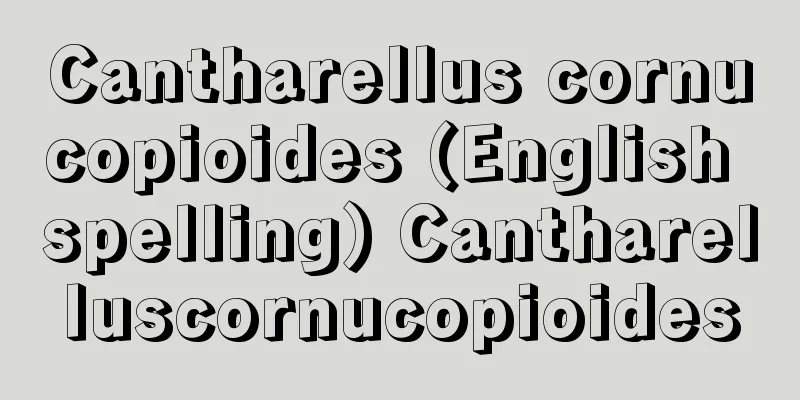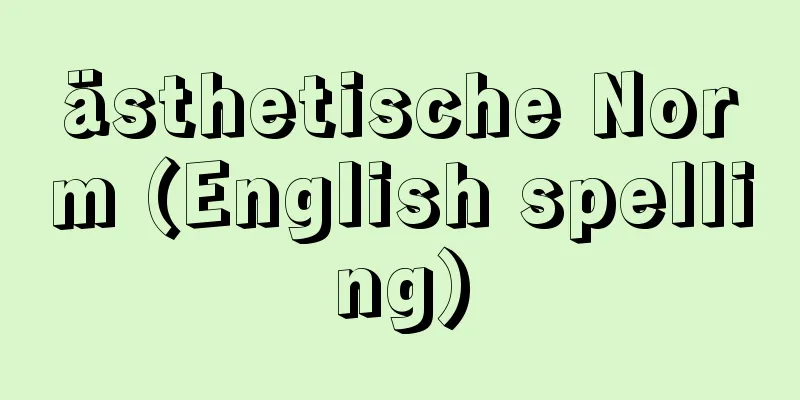Hesiodos - Hesiodos

|
Date of birth and death unknown. Ancient Greek epic poet. Lived between 740 and 670 BC. Long respected as one of the two great epic poets alongside Homer. While Homer disappears behind the scenes of his works and even his existence is doubted, Hesiod is a real person and is said to be the first individual in Greek literature to openly express himself in his works. Unlike Homer, who is free-spirited and entertaining, Hesiod's works are notable for their religious and didactic qualities. Many works are attributed to him, but only two have been handed down in their entirety: "Theogony" and "Works and Days," and the rest are merely fragments. Among these fragments, the "Katarogoi" fragment, which sings of the genealogy of famous women who became the mothers of heroes through intercourse with the gods and is thought to be connected to the "Theogony" in terms of its content, has been dramatically enriched in recent years due to the discovery of a large number of papyrus documents, making it possible to roughly estimate the content of this work. The "Shield of Hercules" handed down under his name is not an authentic work, but was made by someone else in later times. Based on the autobiographical descriptions in the work, his father was a farmer and trader in the Greek colony of Cyme on the coast of Asia Minor, but due to poverty he moved to the Greek mainland and settled in the remote Boeotian village of Ascra, where he made a living by farming. He had two sons, Hesiod and Perses. While tending sheep at the foot of Mount Helicon, not far from Ascra, Hesiod was inspired by the Muses and began writing poetry. Theogony was written early in Hesiod's career as a poet. He was an honest farmer who tilled the fields himself, but in his later years he is thought to have spent his life reciting as a professional poet. The dispute between his brothers over the division of their inheritance that arose after the death of their father had a great impact on him. Works and Days, which is in the form of an admonition and admonition to his brother Perses, who was a reckless man and did not put in the hard work that he should have done, was probably inspired by this incident. According to later legend, Hesiod was later killed at Naupactus in Locris. The Theogony systematically organizes and organizes the countless gods worshipped by the Greeks, and is not merely a genealogy of the gods. It has had a great influence on the formation of later Greek philosophy in that it deals with the question of how the universe, including the earth, sea, mountains, heavens, and stars, was organized and created. Works and Days is a poem that advocates the dignity of labor and justice as the principle of order that permeates the entire universe, including nature and humans. Although it is addressed directly to the unjust brothers Perses and others, it is a didactic poem intended to educate and enlighten humans in general. Although some dialectal elements can be found in the work, the language used is the same traditional epic language as that of Homer. [Yoichi Hirokawa] "Works and Days" translated by Matsudaira Chiaki (Iwanami Bunko)" ▽ "An Introduction to the Study of Hesiod" by Hirokawa Yoichi (1975, Miraisha) Source: Shogakukan Encyclopedia Nipponica About Encyclopedia Nipponica Information | Legend |
|
生没年不詳。古代ギリシアの叙事詩人。紀元前740~前670年ごろの人。ホメロスと並ぶ二大叙事詩人として後世まで長く尊重された。ホメロスが作品の背後に姿を没し、その実在さえ疑われているのに対し、ヘシオドスは実在の人物であり、作品にあからさまに自己を表出する、ギリシア文学における最初の個性といわれる。自由闊達(かったつ)で娯楽性に富むホメロスに対し、彼の作品は宗教的、教訓的な点で著しい特色を示す。彼に帰せられる作品は多いが、完全な形で伝えられているのは『神統記(しんとうき)』と『仕事と日々』の二編のみで、他は断片にすぎない。これら断片のうち、神々との交合によって英雄たちの母となった名婦たちの系譜を歌い、内容上『神統記』に接続する作品と考えられる『名婦伝(カタロゴイ)』断片は、近年パピルス文書の多量出土により飛躍的に充実し、この作品のおおよそを推測することが可能となっている。彼の名の下に伝わる『ヘラクレスの楯(たて)』は真作ではなく、後代の別人の手になるもの。 作品中の自伝的記述を総合すると、彼の父は小アジア沿岸のギリシア植民市キュメで農耕のかたわら貿易業を営んでいたが、窮乏のすえギリシア本土に渡り、ボイオティアの寒村アスクラに移住し農業で生計をたてていた。この父には2人の息子、ヘシオドスとペルセスがいた。ヘシオドスはアスクラからほど近いヘリコン山の麓(ふもと)で羊の世話をしていたとき、ミューズの霊感を受け詩作の道に入った。『神統記』はヘシオドスの詩人としての生涯の最初期に生み出された作品。彼は自ら畑を耕す実直な農民であったが、晩年には専門詩人として吟唱の生活を送ったとみられる。父の死後生じた兄弟間の遺産配分をめぐる争いは彼に大きな影響を与えた。人間としてなすべき労働に精を出さない無頼の兄弟ペルセスに勧告し訓戒する形式をもつ『仕事と日々』は、おそらくこの事件に触発されて成ったものと思われる。後代の伝承によれば、ヘシオドスはのちにロクリスのナウパクトスで殺されたという。『神統記』は、ギリシア人の信仰する無数の神々を体系的に整理し系統づけたもので、それは単なる神々の系譜物語ではなく、大地、海、山、天、星辰(せいしん)などいっさいを含むこの宇宙、世界がどのように整理され、生成するに至ったかという秩序世界の成立を問題としている点で、後のギリシア哲学の形成に大きな影響を与えた。『仕事と日々』は、労働の尊さと、自然と人間を含む全宇宙を貫く秩序原理としての正義を勧告する詩で、形式のうえで不正な兄弟ペルセスらに直接向けて語られてはいるが、人間一般に対する教化啓発を目的とする教訓詩である。 作品のなかには若干の方言的要素が認められるが、用いられた言語は、ホメロスと同質の伝統的叙事詩語である。 [廣川洋一] 『松平千秋訳『仕事と日』(岩波文庫)』▽『廣川洋一著『ヘシオドス研究序説』(1975・未来社)』 出典 小学館 日本大百科全書(ニッポニカ)日本大百科全書(ニッポニカ)について 情報 | 凡例 |
>>: Pageant - Pageant (English spelling)
Recommend
Bank - ぎんこ(English spelling)bank English
A financial intermediary that mediates indirect f...
Papal infallibility - Infallibility of the Pope
...(1) The First Vatican Council (1869-70) This c...
Kurama Stone
〘Noun〙① A type of diorite found near Kurama in Kyo...
Turbidity current - kondakuryu (English spelling)
A density current in which unconsolidated clastic...
Nong Zhi-gao; Nung Chihkao
[Raw] 1026 [Died] 1055? A local Nung lord from Gua...
Ken Hirano
Critic. Born in Kyoto on October 30, 1907. His re...
Hanako - Hanako
A Kyogen piece. A female Kyogen. A man (shite) li...
Gas mask - Gas mask
Also known as a gas mask or gas mask. Equipment to...
Provisional money - Provisional money
...In the Konoike family, there were titles such ...
Cornelius, Peter von
Born: September 23, 1783? Dusseldorf Died March 6,...
Gas Phase Polymerization - Kisoujugo
This refers to a polymerization reaction carried o...
Ikeda [town] - Ikeda
An old town in Miyoshi County, occupying the mount...
Water chickweed - Water chickweed
An annual plant of the family Lythrum mallid (APG...
Avianus - Avianus
…This remains today. Avianus in the 4th century a...
Florianópolis (English spelling)
The capital of the state of Santa Catarina in sout...









